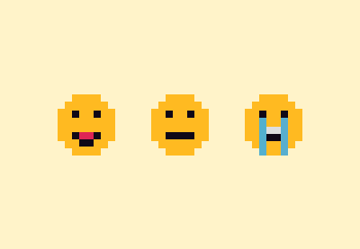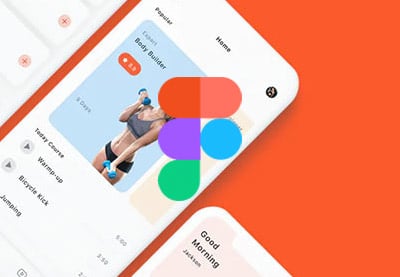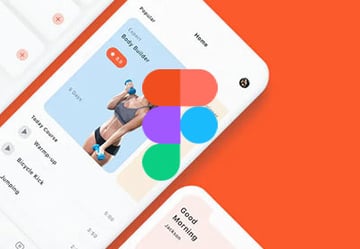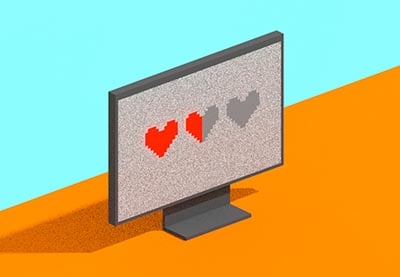UX Design has become one of the top professions of the decade, with UX Designers having some of the most sought after skills in the job market according to LinkedIn. This is because design continues to show its impact on the success or failure of products and services. As a result, the demand for confident, passionate User Experience Designers has skyrocketed in recent years.
In this explainer I’ll give you an introduction to User Experience Design, covering what UX Design is, what its core components are, skills needed to be a successful UX Designer, and much more!
What is UX Design?
User Experience Design refers to the processes and methodologies that teams use to create experiences for digital (or physical) products. The goal of User Experience designers is to create seamless experiences so that users can achieve their objectives, while keeping in mind business needs.
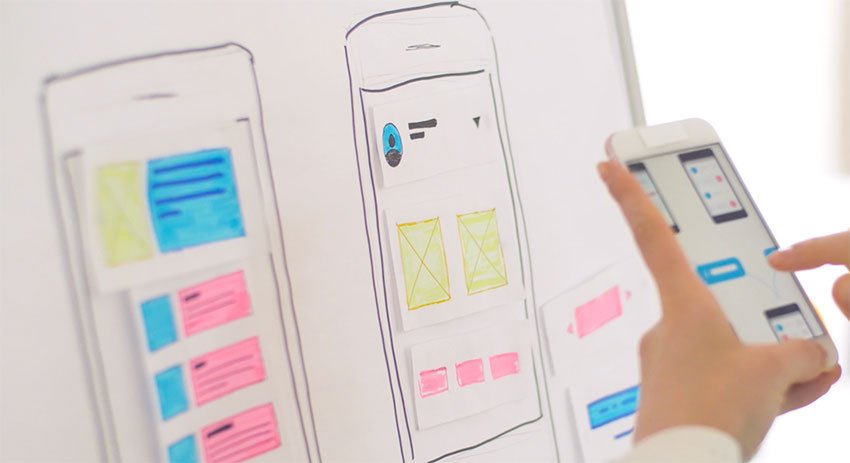
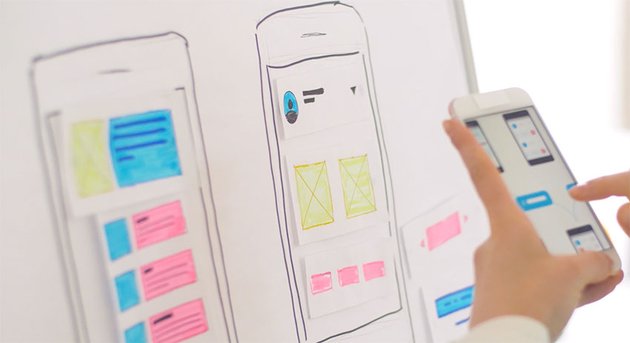
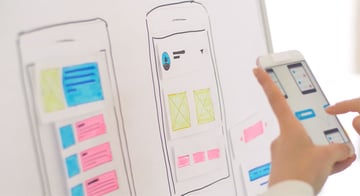
What are the core areas of UX Design that you, as a designer, constantly need to keep in mind? Let’s break them down:
1. Usability
Usability focuses on how usable a product or service is. If a product is easy to use, its users are more likely to complete their objectives and potentially return. If a product is difficult to use, its users will likely become frustrated and even speak badly about it to other potential users.



As a UX Designer you will work out how usable a product is by looking at data, by asking users questions, and by observing how they interact with it.
2. Visual Design
Visual design focuses on what your product or service looks like. Is it appealing? Do users enjoy interacting with it? Studies show that users enjoy using things which they find more visually appealing; colors, typography, visual tone (“look and feel”) all influence how a user will enjoy using a product.
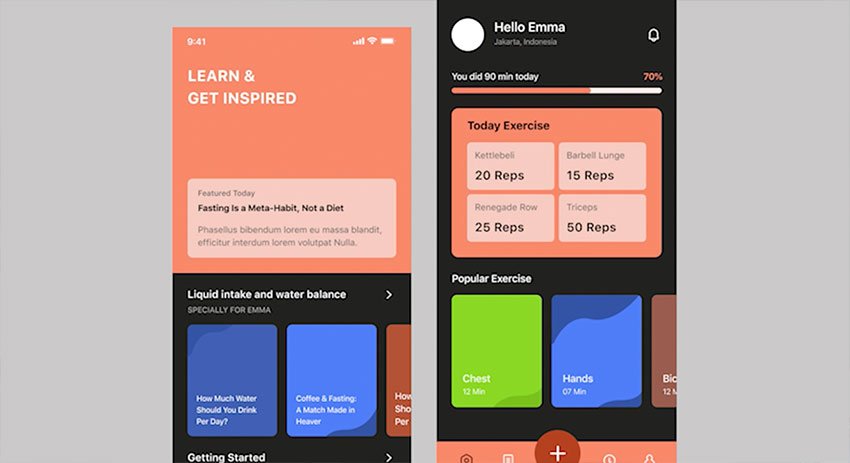
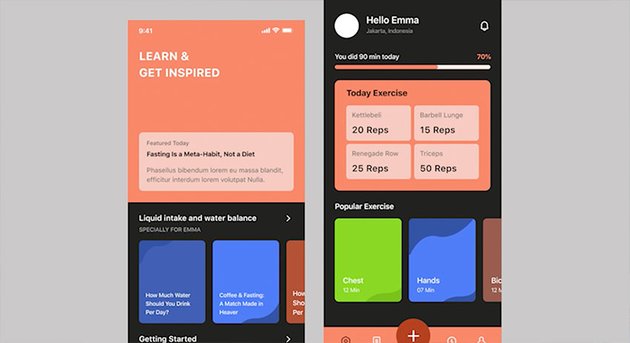

3. Information Architecture
Information architecture dictates how your content is arranged and presented. Good architecture means your information is structured properly, helping users get from point A to point B with ease.
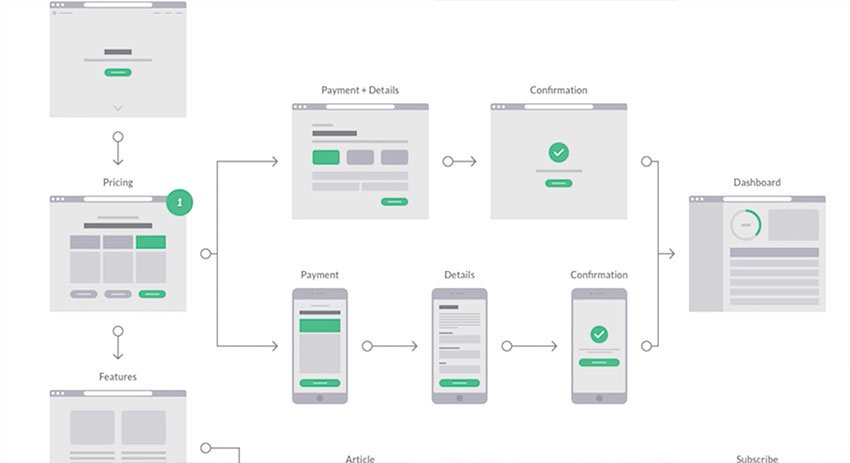
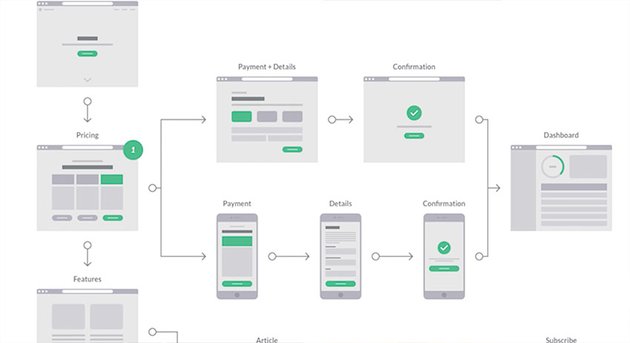
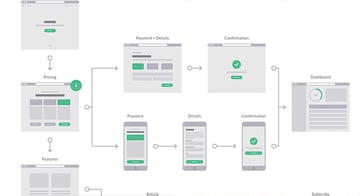
Without proper information architecture and navigation you’ll see some high drop-off points (where users become frustrated and abandon what they’re doing) within your product.
4. Interaction Design
This refers to how the elements of your product connect, and how the interface between user and product works.
5. UX Research
User research is all about getting to know your users and customers. This can be done by carrying out user interviews, usability tests, and using different checkpoints where you get to hear the voice of your users.



User Experience Design Processes
Now let’s talk about the processes used in UX Design; the steps you’d take to solve User Experience Design problems. There are plenty of approaches out there such as Design Thinking, Design Sprints, the Double Diamond and so on, but solving a UX problem will usually include many of these steps:
Step 1. Understand the Problem
Understanding the problem in the first place couldn’t be more important. Do you fully understand what you’re trying to solve? What are the key metrics, the goals, and the objectives involved?
Step 2. Know Your Users
As the old UX adage goes: You are not your user, so this is where user research really comes into play. Getting to know who your users are, what their pain points are, and understanding how you can solve their problems is a crucial part of the UX Design process.
Step 3. Ideation
This is the point where you might start doing some early stage designs and wireframes, to give life to your ideas and solutions. At this stage you’ll likely start getting feedback from the stakeholders and probably users as well.



Step 4.Prototyping
Now you have a better idea of direction based on feedback from the previous step, it’s time to start building a more solid prototype.
Step 5. Usability Testing
Having built a prototype of some kind, it’s time to test it! This is your opportunity to see if you missed anything, and measure any hypotheses you had prior to the build.
Step 6. Iteration
With feedback from the previous step, iteration is how you’d make changes and loop back to rebuild and test again. These steps we’ve just outlined aren’t necessarily followed in a linear fashion, so be open to shake things up and move the process around.



What Skills do UX Designers Need?
We can split the types of skills you might need as a UX Designer into two types:
Technical Skills
- Visual design skills
- Project management skills
- Presentation skills
- Some research skills
- Analytical skills
Soft Skills
- Curiosity
- Empathy
- Communication
- Collaboration and teamwork
What do UX Designers do?
On a given day, what are some of the tasks and deliverables expected from User Experience Designers? Let’s take a look.
- Designing wireframes and prototypes is something UX Designers spend a lot of time doing. Based on the information collected and an understanding of the problem, designers are expected to bring their solutions to life with clear and clean designs.
- Creating design systems and style guides is a task which will also fall to UX Designers much of the time.
- Defining flows and information architecture is an important part of a UX Designer’s day. As mentioned earlier, this is about content and how it is structured.
- Usability testing and user experience research is paramount to the UX design process. A lot of this will be analytical, but much of it will be person-to-person interviews and observation.
- Hosting workshops is something new UX Designers might be uncomfortable doing, but it’s a really important way of getting feedback and ideas from stakeholders.
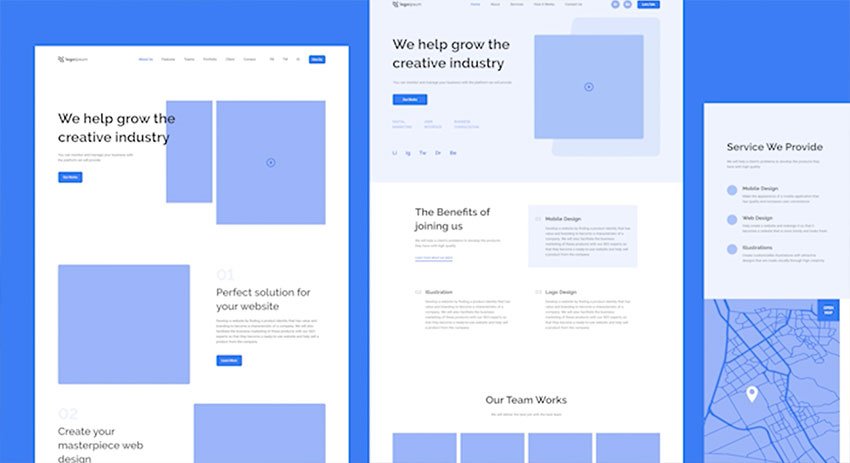
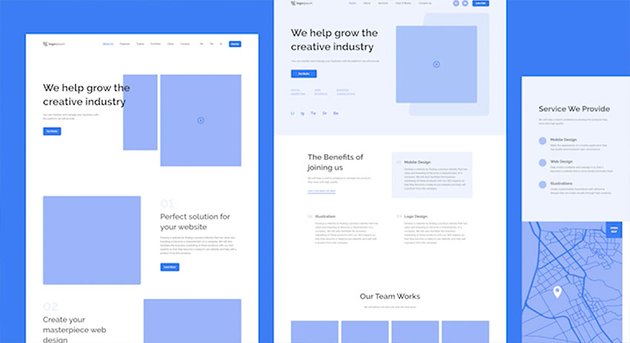
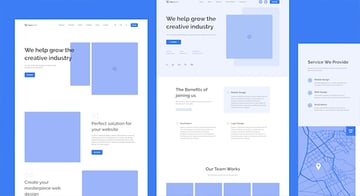
How to Learn UX Design
What are some of the ways you can learn UX, level-up on the skills we’ve listed, and become a User Experience Designer?



1. Conventional Education
Through conventional education you might take anywhere from 1 to 4 years, studying at a University or College of some kind. This will usually result in a Bachelor’s or Master’s degree in subjects like User Experience Design, Visual Communication, Human Computer Interaction, and so on.
2. Bootcamps
Bootcamps are more intense but usually take a shorter amount of time; from as little as 3 months, sometimes 6 months, or perhaps even a year. These will focus heavily on the practical aspects of UX Design and really will equip you with the knowledge you need to start your career.
3. Self-learning
Self-learning isn’t always the easiest route to a profession, and requires a lot of discipline, but many designers are able to learn a foundation through online resources before working on projects to build up a portfolio themselves.
Conclusion
User Experience Design is an awesome profession that I would recommend to anyone. It offers a lot of room for growth, and a wide range of exciting projects. Become a UX Designer and have a visible impact on the world we live in!



